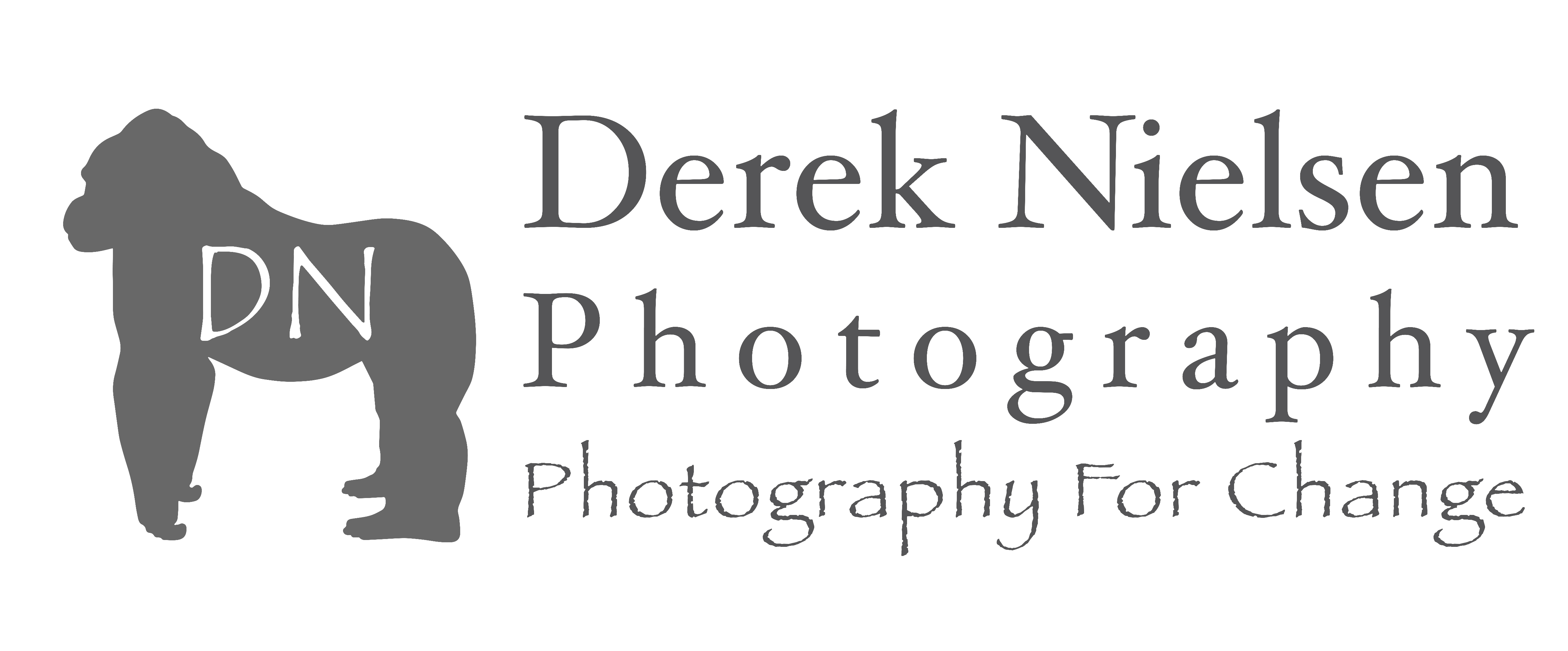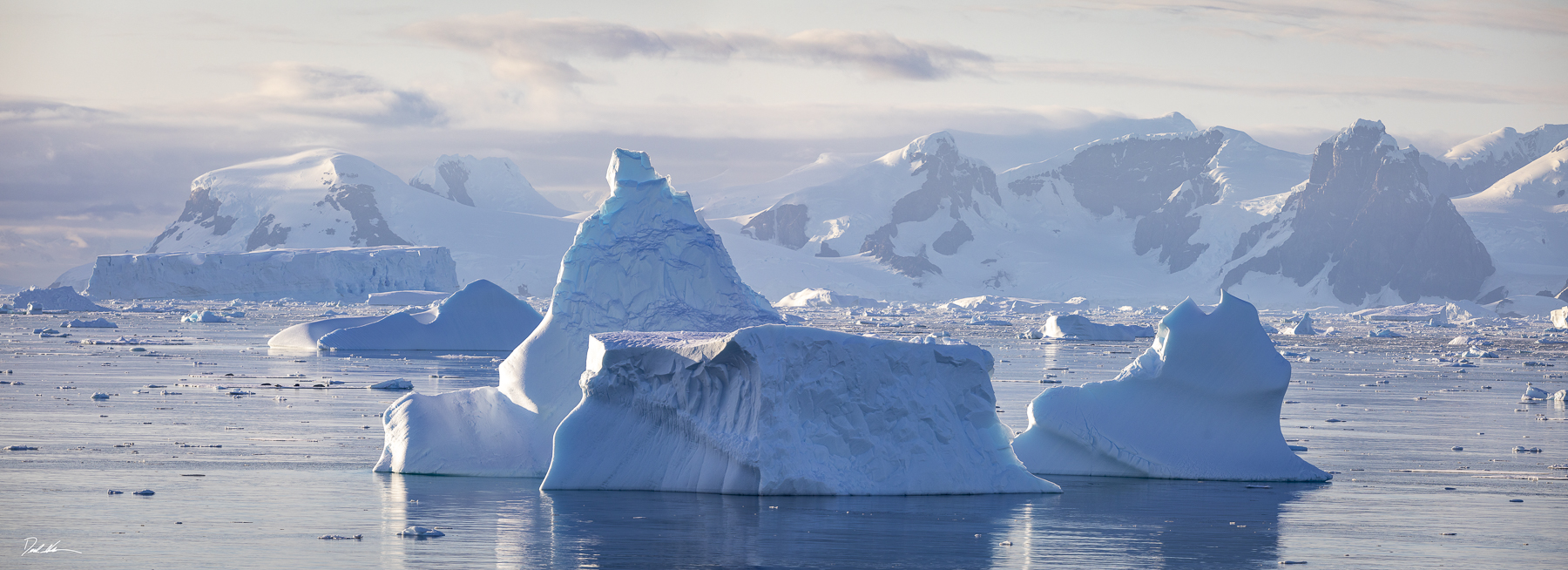
Antarctica photography has always fascinated me. Going down to Antarctica on a photography trip or just to get away on vacation is no easy task. Factor in the cost, the time it takes to get there, and the availability of travel options, Antarctica can be quite a challenge for even the most seasoned traveler. No other place on earth is quite like Antarctica for its breathtaking scenery and abundance of marine life. Nothing can prepare you for the emotional beauty the southernmost continent beholds. What this guide is designed to do is prepare you to come home with memory cards full of great images instead of only memories, as Antarctica can be quite a challenging destination for photographers of every skill level.

How To Get To Antarctica
Travelers can access Antarctica by boat or plane. Planes can access Antarctica in only two hours from Ushuaia, while boats typically take up to two days. If you are short on time, have the extra money, or get seasick easily, flying is the better option. In my opinion, going to Antarctica is an adventure, and getting there should be, too. The best way to see the frozen continent is on a small cruise ship or small expedition ship. For one, the Drake Passage acts as a right of passage in its own way. I found the people interested in going to Antarctica were pretty interesting. An Antarctic cruise is the best option for the whole experience.
Top Companies Flying To Antarctica
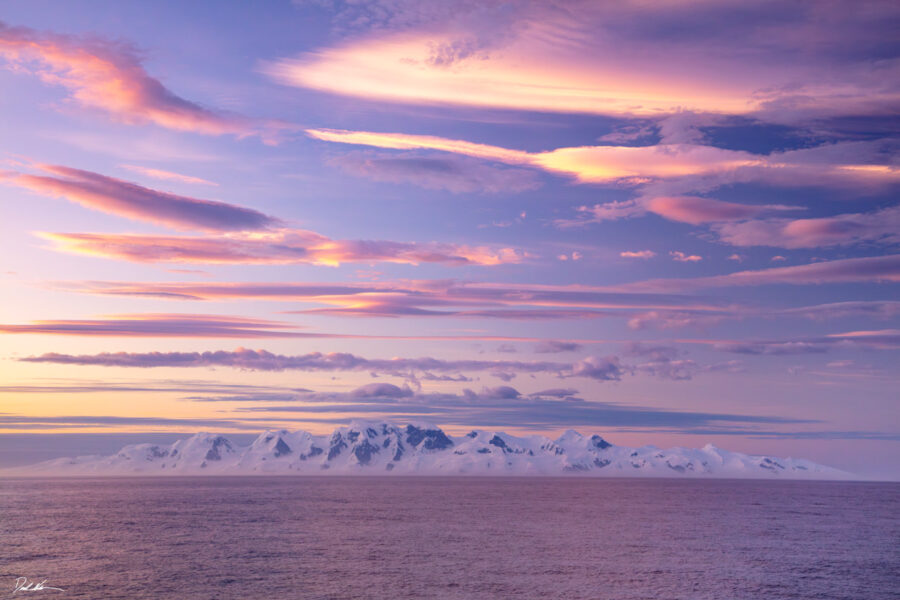
Swoop Antarctica – A trusted partner with numerous Antarctica ships and airlines, Swoop Antarctica offers a wide range of options for travelers. What sets them apart is their status as the only certified B-corp Antarctica specialist, a testament to their commitment to preserving this pristine environment.
Landed Travel – With expertise in Latin America and Antarctica, Landed Travel offers multiple itineraries for those seeking the ease of air travel.
Antarctica21 – A small company that pays great attention to detail and the overall experience of their guests. Founded in Punta Arenas, Antarctica21 pioneered antarctic air-cruise expeditions.
Top Expedition Companies Going To Antarctica

G Adventures – Using the MS Expedition, G Adventures offers one of the most affordable medium-sized expedition cruise options. I traveled with them in February of 2020 and can attest to their level of professionalism mixed with having a great time.
NatGeo Travel—A trusted name in photography, journalism, and exploration, National Geographic Travel is the top choice for people looking to practice their photography skills alongside a professional photographer. Their trips are expensive but worth the investment if you have the extra cash and photography is your primary objective.
Because of the environmental damage larger ships inflict on the ocean, I recommend only using smaller, more eco-friendly carriers. Large ships have many restrictions while traveling throughout the region, and there are fewer opportunities for intimate exploration of the Antarctic Peninsula. For more information on the travel regulations in and around Antarctica, check out IAATO’s website.
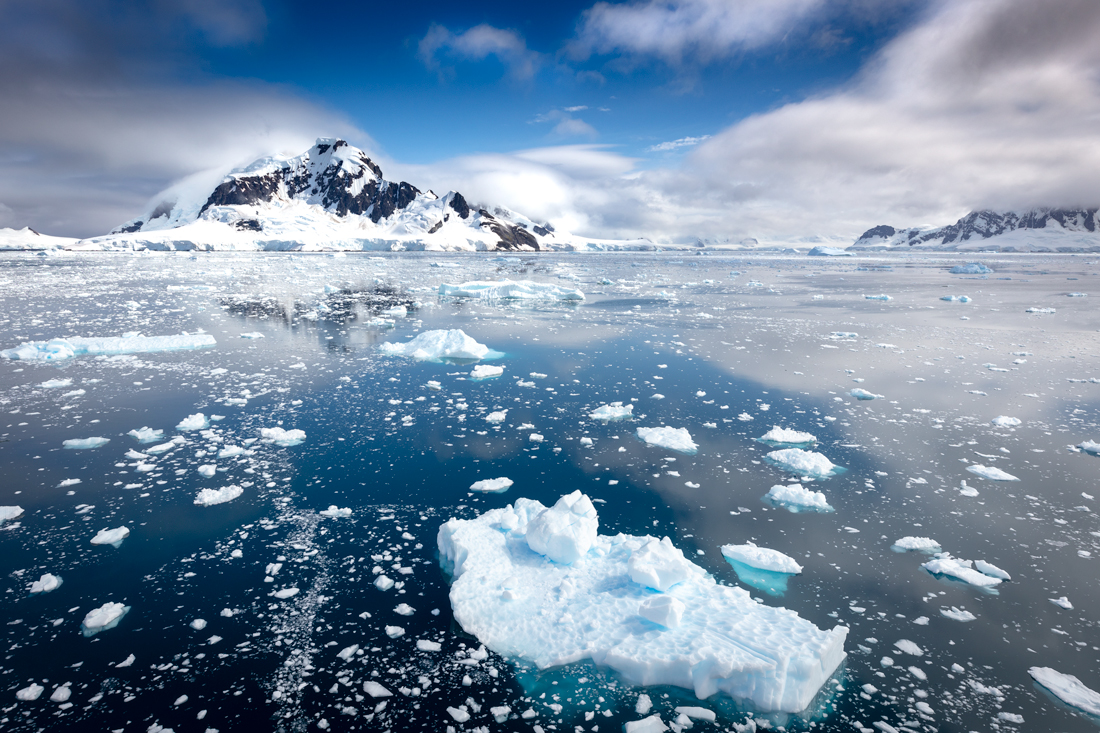
Bring Backup Of Everything Essential For Photography
One thing you can absolutely count on is not being able to go to the store to have your camera fixed if it fails or have your family send you extra memory cards. Some of the high-end cruise lines may have extra memory cards for sale in their shop but be prepared to spend twice what they are worth. If you can afford it, bring two camera bodies. This is best practice in most locations, but here, it’s almost essential. Even the best cameras ever made can fail, and accidents happen. Phones take better pictures today than ever before, but really consider this your 3rd camera. Having a good camera as a backup is one of my strongest recommendations.

Bring Extra Storage
These first two tips are high on my list for a reason. They will save you a lot of heartache in the end if something goes wrong. Today’s top cameras can eat up a lot of memory on your cards, shooting RAW files and video. Unless you’re the most disciplined photographer of all time, you will take A LOT of photos in Antarctica. My honest recommendation for any serious photographer is to have at least 1 Terabyte of storage separated by a minimum of 4 different memory cards. Two for each camera. Bring a minimum of 4 Terabytes separated between two different external hard drives. Transfer every photo off your cards to these hard drives every night before bed. One hard drive is the main storage of the files, and the other is a backup. There is no access to the cloud in Antarctica.
Bring Extra Batteries
Antarctica is generally cold. When shooting landscape or wildlife photography, your camera will be exposed to the elements. Cold weather drains camera batteries quickly. Batteries are cheap, and renting them is even cheaper. While exploring on land or walking around the ship decks, keep your extra batteries in the internal pocket of your jacket to keep them warm.

Protect Your Gear
Antarctica can turn on you fast. One moment, you’re snapping photos of cute little penguin chicks. The next, you’re holding onto your Zodiac for dear life, getting back to the ship in a windstorm. A waterproof camera bag is great for absorbing those salty splashes heading toward shore. Keep a minimum of 2 lens cloths with you to clean and spray off your lens while out patrolling for whales or cruising through the icefields. An added layer of protection from the elements is a quick cover you can throw over your camera and lens yet still allows functionality is a covering from LensCo.
Bad weather is bound to show up, and it makes for interesting photographs. Catching gentoo penguins or humpback whales in adverse weather conditions unfolds a deeper story of these animals in their natural habitats. Having to run inside or put the camera away would be a shame. I do not recommend using a plastic bag for weather protection. Don’t risk damaging your digital camera or worse if it blows away in a strong wind. I can’t tell you how bad you will feel for littering in Antarctica.
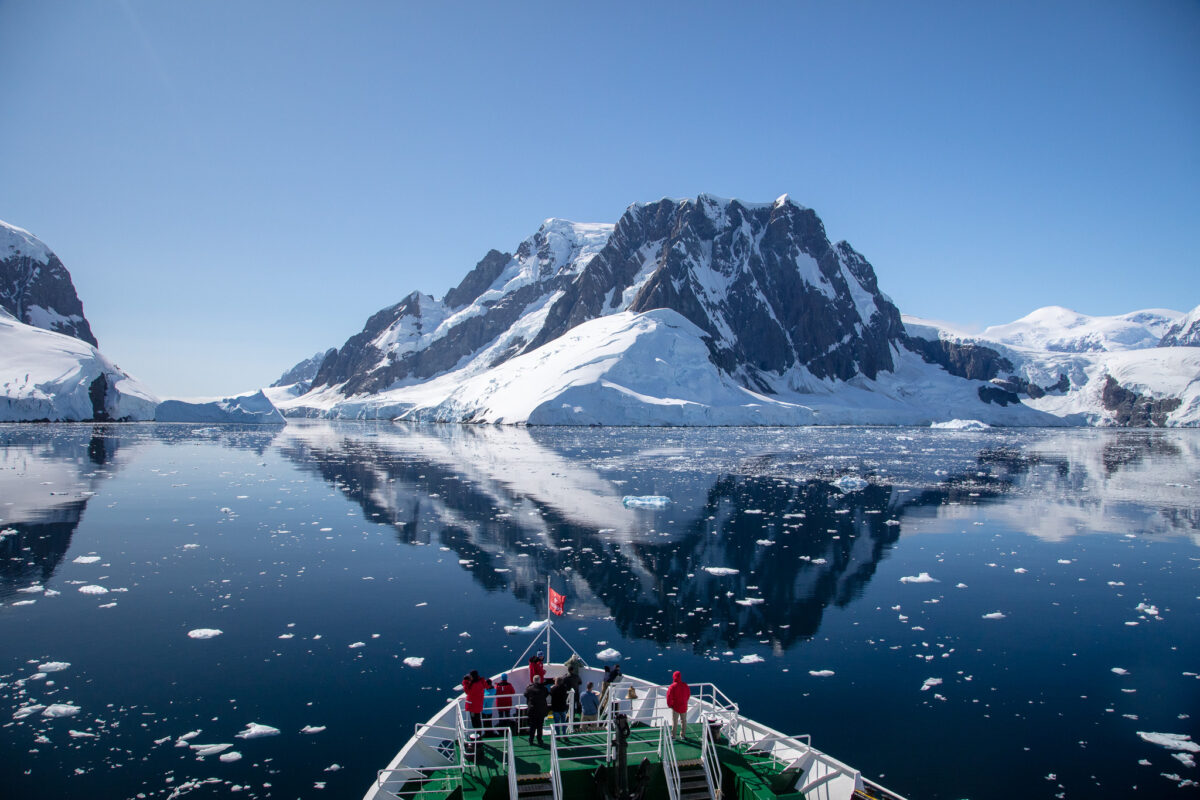
Show Context In Your Composition
What I mean by this is that you will see whales—lots of them. You’re most likely going to see a lot of the iconic whale tail up in the air before it dives deep. A good tip is to try to capture it with other interesting elements to help strengthen your composition. Get creative and be okay with missing a shot or two and attempting to get something different than a shot from high up on the deck that is the same as the 25 other people who saw it. All 25 will have a whale tale surrounded by water instead of one with mountains behind it or a gigantic iceberg.
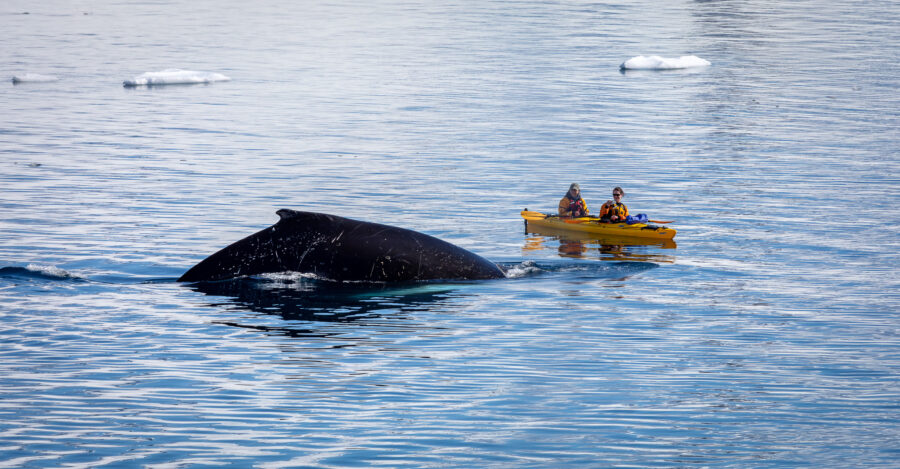
Tell Stories With Your Antarctica Photography
Visiting the polar regions is expensive and time-consuming. Get the most out of your photography while you are there. The biggest difference between good photos and great photos is that great photos tell us a deeper story. Most people know what a penguin looks like from Instagram or television. Don’t come back home with memory cards full of photos of a penguin right in the middle of the frame, taken from human eye height, on top of guano-covered rocks. You will be disappointed you wasted a great opportunity.
Polar photographer and conversation colleague of mine Paul Nicklen uses what he calls the 20/60/20 rule when on assignment for National Geographic.
20% – Get the easy photographs out of the way. Penguin on rocks, elephant seals gathered on South Georgia if your ship stops there, big blue ice formations. All of these are common sights on an Antarctic expedition and are nice to have but probably wont win any competions.
60% – Push yourself to get something unique. Something that no one has seen before. Try different angles or search for a different perspective. Find shapes in the sea ice or attempt to capture unique aspects of animal behavior. Think abstract and push the boundaries of your compositional comfort zones.
20% – Get crazy. Use long exposures or multiple exposures. Be as creative as possible. You already have decent shots from the first 20/60, so now bring home something fantastic or weird. No wrong answers in the last 20%
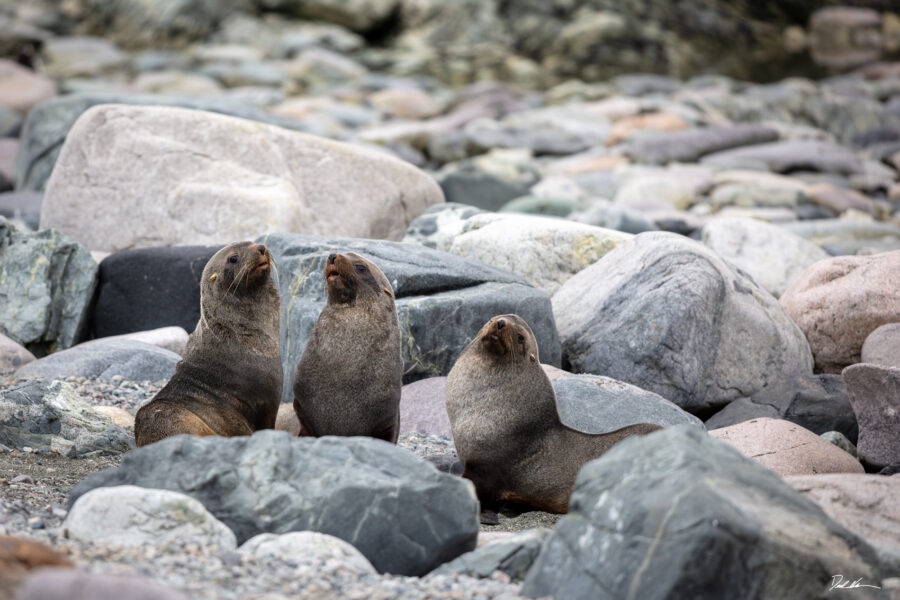
Go Low With Wildlife Images In Antarctica
While walking around a penguin colony, you will quickly find yourself surrounded by adorable, curious 2-foot-tall little penguins. Try to find a way to get down to their level without getting too much of the colored snow on your pants. This lower vantage point will make a more intimate connection with your subject and make them feel larger than life. This works well with all species of Antarctic seals as well.

( The Emotions of Antarctica – Limited Edition Fine Art Print of 100 )
Bring A Tripod To Antarctica
Most Antarctic photography tip guides will advise against bringing a tripod. They are correct 95% of the time. The key reasons they advise against them are valid. Here are their reasons why not to bring a tripod.
- Bulky and impossible to use on a zodiac
- Most images will be taken in bright light
- Some are heavy and can be inconvenient when performing landings
- It won’t help you when the ship is moving, too
Here are my reasons for bringing a tripod, depending on the type of expedition you’re on.
- If you plan on using any kind of large telephoto lens. They are heavy and hard to shoot handheld.
- When shooting any kind of video. Nothing makes your friends at home more seasick than watching your shaky penguin videos as if they were actually crossing the Drake Passage.
- Photographing a potential sunset from land. If you are brave enough to camp overnight on land, you could witness a gorgeous low-light sunset. One like you have never experienced in your life.
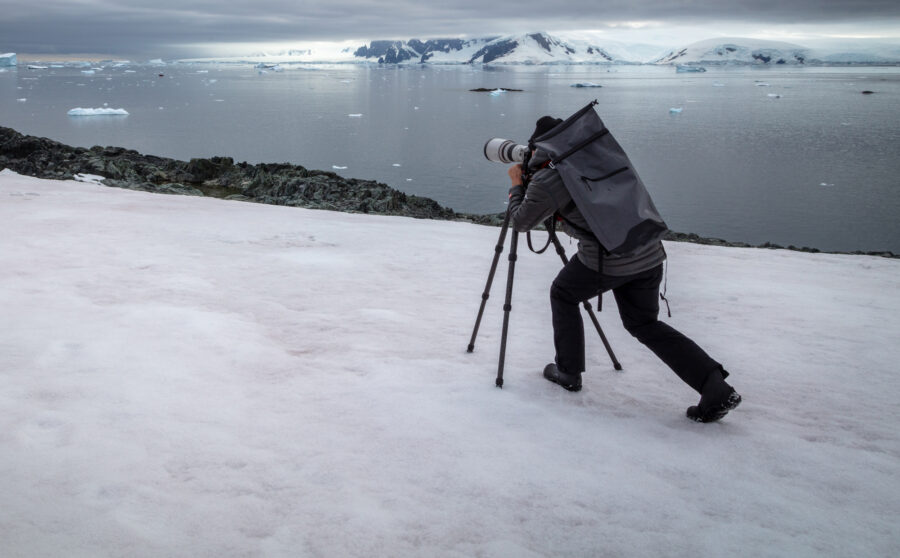
Best Lenses For Antarctica Photography
I recommend bringing three lenses for any trip to Antarctica. These three lenses will cover 99% of the best shots.
- Wide-angle – A wide-angle lens allows you to capture the scale of this place. This is the perfect lens for capturing landscape photography and environmental portraits of wildlife. I prefer the RF 24-70mm f2.8 because it gives flexibility.
- Telephoto zoom – Zoom lenses are ideal for Antarctica photography because walking around on slippery, uneven surfaces to get a shot is less than ideal. A telephoto zoom lens gives you the flexibility to capture a variety of shots without the risk. I prefer the RF 70-200mm f2.8
- Super telephoto – If you can afford to rent one or are lucky enough to own one, a 400mm or 600mm lens will give you incredible portraits of all the beautiful wildlife. Wildlife photographers like myself love the soft background these lenses create, along with razor-sharp detail with each shot.
I do not work for Canon; I just shoot with their gear. All the major brands have similar lenses in their lineup, so find the best in this range for your brand.
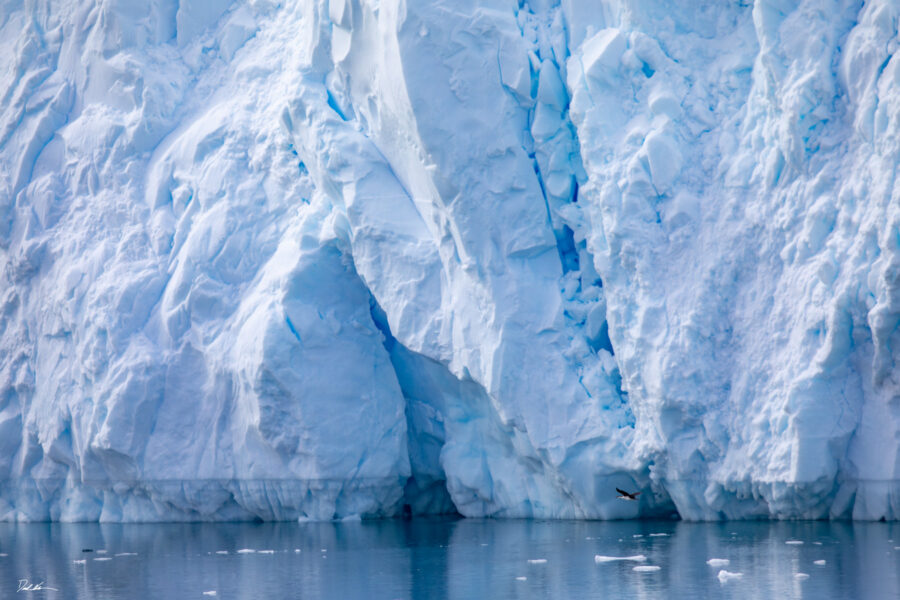
Learn How To Use A Polarizing Filter For Antarctica
As the saying goes down there, “People go to Antarctica for the wildlife but return for the ice.” A polarizing filter allows you to draw the deep, hypnotic blue colors your eyes see in the ice out in your photographs. Polarizing filters draw deep blue colors out of the sky and ice, suppress glare, reduce haze, help manage reflections from the water, and allow for more vivid colors. Practice at home before you go. Learning how this very helpful tool works will vastly help your images in Antarctica.
Best Camera Settings For Antarctica Photography
Every single shot is different, but certain settings will save you from a broken heart. The last thing you want to do is return back to Ushuaia with memory cards full of blurry or “almost” shots. Thankfully, you will spend a lot of time taking pictures in bright daylight, so shutter speed won’t be an issue, but these are my go-to settings for wildlife photography.
- Shutter speed – 1/2000.
- Aperture – f/4 – 5.6.
- ISO – 1000 – 2000.
- Drive – High Speed Continuous.
- Autofocus – Continuous or Servo.
- RAW – RAW files give you so much more data and flexibility in post-processing.
Nature photographers can tell you that there are no perfect settings for any location but using a fast shutter speed really aids in getting sharper photos. Using a tripod is always a good idea but may not always be practical. Remember, over half of your shots will be taken from a zodiac boat or from the deck of the ship. Tripods either aren’t allowed or won’t do much for you in these situations.
How To Handle The Brightness Of The Snow
Your camera freaks out a bit when trying to figure out how to expose Antarctica correctly. To avoid the grey snow effect, use your exposure compensation dial and shoot at intervals of +1 and +2. This will help bring the white back to the snow as your eyes see it. Bracket exposing your favorite shots is always a safe technique for a travel photographer. As in the example below sometimes the grey snow can add depth or texture to the image.
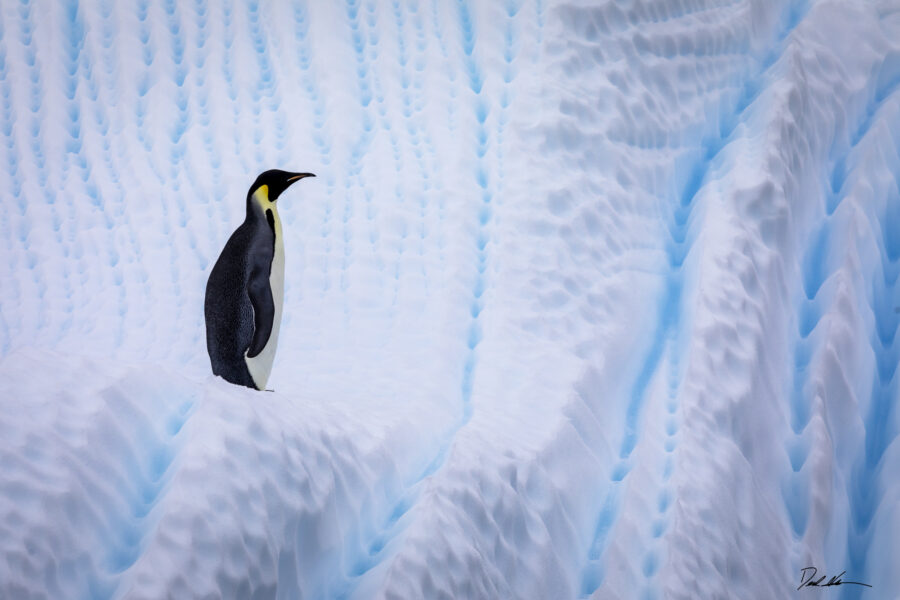
Be Respectful Of The Wildlife
The wildlife in Antarctica knows no fear of humans. Penguins curiously investigate us, often crossing the recommended boundary. If the approach is on their terms, it is generally okay. The golden rule of ethical wildlife photography is not to do anything that alters the animal’s behavior in any way. Give them space. Our presence down there is already one thing, but not respecting their boundaries is unacceptable. Your expedition team will help answer any questions regarding the best wildlife-watching practices.
Keys To Photographing Penguins
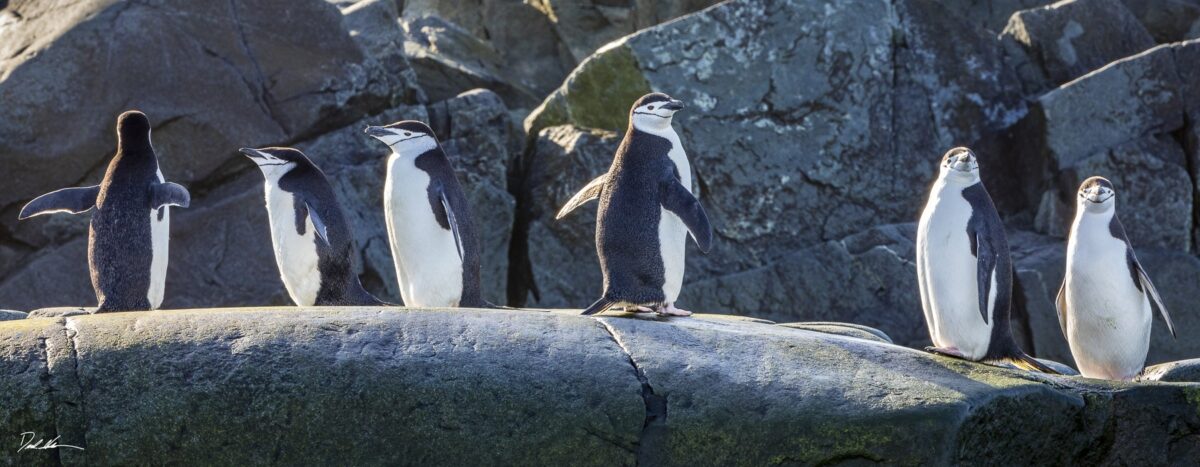
Penguins are some of the most curious silly creatures on earth. Countless times I would be sitting on a rock only to be approached by a curious pengin coming over to check me out. Each penguin species is a little different but these tips will really help you get creative images to add to your portfolio
- Feature their personality—Penguins have big personalities in their small frames. Capture this by following one around for a while. See the rock-stealing shenanigans and capture the moments to which we can easily add our own narratives.
- Show the family dynamic—Families are everything to penguins. Adults spend every moment tending to their offspring. On the flip side, offspring are as dependent as it gets on their parents. Photograph this deep bond.
- Find unique backgrounds – Antarctica has some pretty incredible backdrops to use to show how mighty these little creatures are to be able to survive down there.
- Get down to their level – This can’t be stressed enough. Most penguins only come up to our knees, if that. Get down to their level and give us all a glimpse into their world.
- Look for opposites – Penguins will often walk in one direction or stand facing one way. Look for the moment when one decides to go against the group. These make for great photos.

Your First Trip To Antarctica
I want to share why Antarctica is such a special trip and what it is like to visit there for the first time. No matter your income bracket, Antarctica is expensive, meaning you have sacrificed a lot to come on this trip. Your excitement starts to build the moment you press pay on the website. Then, the long journey to the bottom of South America begins to make the whole thing feel real. Ushuaia feels far from home no matter where you live. Boarding the expedition ship and pulling away from port means there is no turning back. Already you begin to see wildlife. Whales, seals, dolphins, penguins, and seabirds patrol the Beagle Channel.
The first rollers of the Drake Passage hit the ship as the open waters make their presence felt. If the seas are calm, you get used to the feeling, but if the Drake Passage is rough, be ready for two days of adventure. Over these days, you get to know the other passengers and crew. Friendships are forged for life. Antarctica creates a special bond for those who experience it together. In the Drake Passage, albatrose glide across the waves in a delicate ballet with physics.
Getting Close
Then, the tabular ice begins to show up—ice sheets so large you can hardly comprehend their immense size, let alone their weight. These spooky relics of the past tell you you’re getting close. Your eyes begin to play tricks on you, mistaking large icebergs for the first sight of land. It’s so wild to see.
There it is! The mountains of Antarctica jetting out of the deep blue ocean. The whole experience begins to make you emotional. You hug your fellow travelers, kiss your significant other, and think of all the people you wish could see this for themselves. For all of these reasons, I feel taking a boat to Antarctica is better than taking a plane. From the first day on, every day will seem to out-do the one before. The entire experience is overwhelming and worth every dollar. The decision to click pay becomes one of the smartest financial decisions of your life.
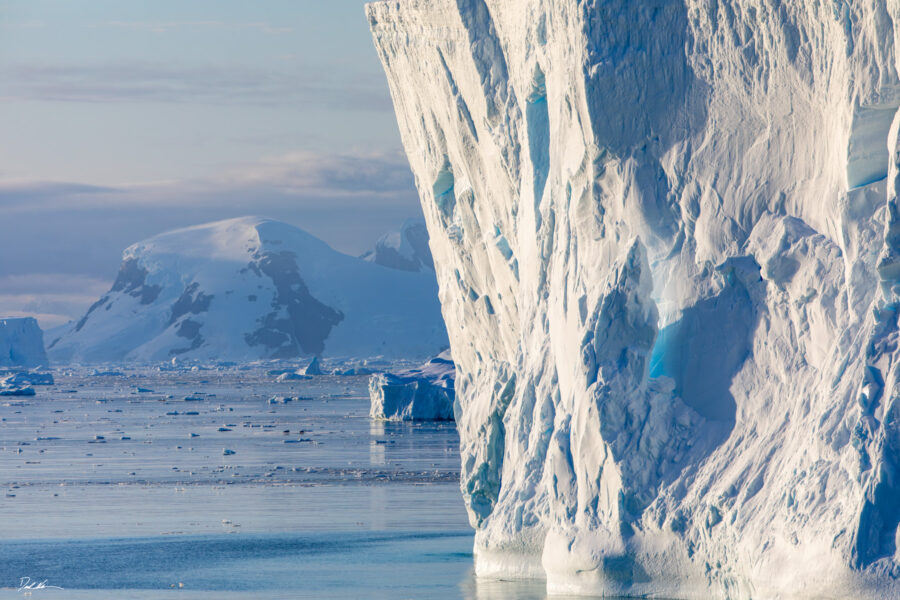
The Antarctica Photography Experience Is Worth Every Penny Spent
Antarctica photography has its challenges; get out there and start practicing with your camera. I personally hate the term “trip of a lifetime” because, in a way, they all are. Antarctica is special, though. Nothing will prepare you for how it will change you, but at least with this guide, you’ll have some tips to capture some pretty incredible images to take home to share with family and friends. Take this opportunity to connect with nature in one of the most pure ecosystems in the world. Return home to share all the memories with friends and family. Antarctica will make you an ambassador for life, so be prepared to fall in love with the frozen continent and want to protect it.
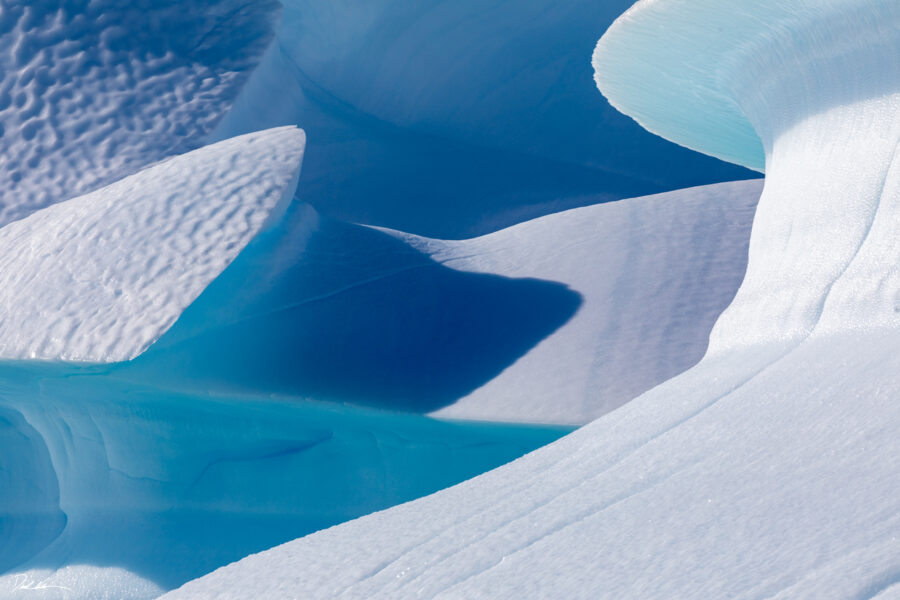
Bonus Frequently Asked Questions Answered
What special photography gear will I need in Antarctica?
Remote control would be useful if you want to allow penguins to approach your camera for close-ups. A graduated ND filter would help even your exposures out from the bright snow-covered mountains and the dark seas.
Should I bring a dry bag to Antarctica?
Yes. Yes, and ABSOLUTELY YES. If you have expensive camera gear, the only sure way to protect it is with a dry bag. A waterproof bag is a must.
What camera lens should I bring to Antarctica?
Telephoto lenses are useful, but really no more than 300mm with extenders. In general, most of the wildlife is pretty close. Something in the 24-70mm range. I found very little use for anything wider than 24mm for a single exposure but found myself shooting panoramics attempting to capture the scale. As I mentioned before a 400mm or 600mm is a nice to have but not 100% needed.
How many camera batteries should I bring to Antarctica?
I recommend a minimum of 3 per camera. Yes, you can charge them on the ship, but if the weather gets really cold, they may drain fast while out shooting. Always keep one in an inside jacket pocket to keep it warm and charged.
What kind of camera should I bring to Antarctica?
Joking aside, the one you know how you use. I say that because it’s so true. Bring a few skills like understanding exposure, composition, and autofocus. If you have a strong understanding of these principles, your photography will greatly improve no matter what camera you have.
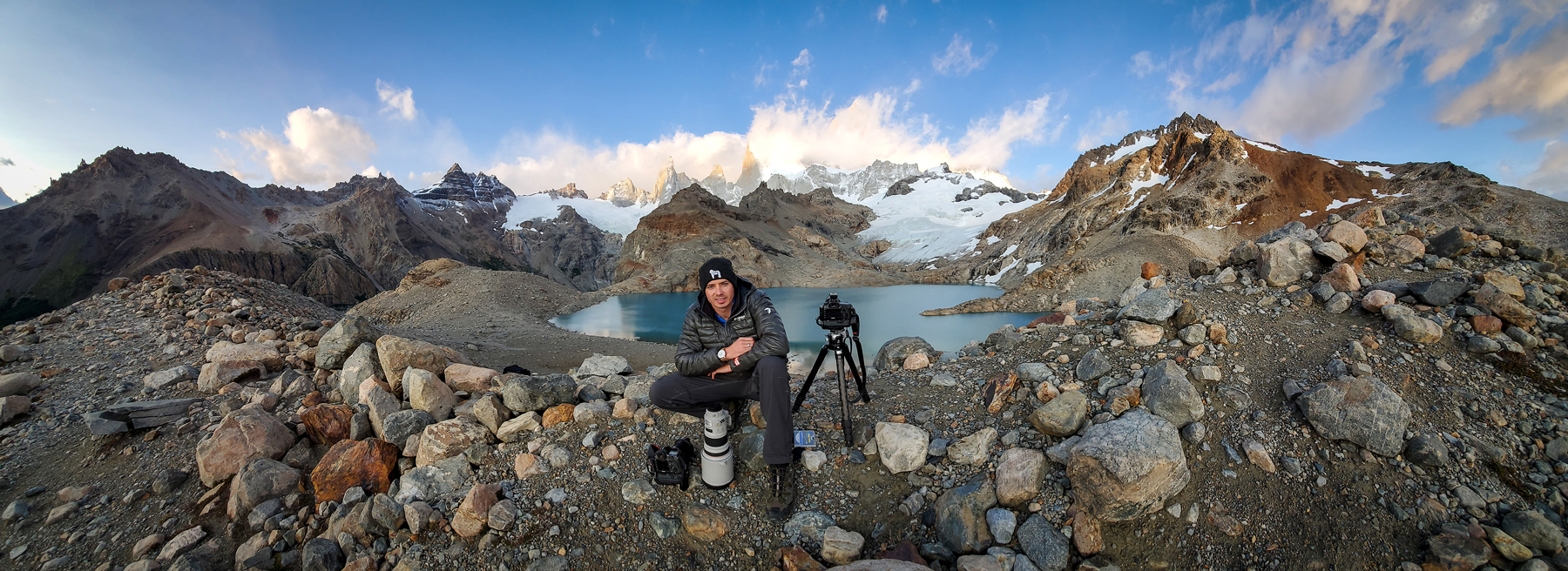
Hello! I'm Derek.
DEREK NIELSEN PHOTOGRAPHY RAISES AWARENESS ABOUT THE GLOBAL NEED FOR CONSERVATION THROUGH PHOTOGRAPHY AND DONATES UP TO 15% OF ALL SALES BACK TO ENVIRONMENTAL ORGANIZATIONS AROUND THE WORLD.
